Eight Pieces of Fuel Cell Stack
As a clean and efficient energy conversion device, fuel cell is gradually becoming an important choice to replace the traditional fuel engine. One of the core components of fuel cell is stack, which is the key component to directly convert chemical energy into electrical energy. This article will introduce fuel battery eight pieces of the stack to help readers better understand the structure and working principle of the fuel cell stack.
-
Anode hydrogenated membrane
anode hydrogenated membrane is an important component of fuel cell stack, which is used to separate Anode hydrogen and cathode oxygen to prevent direct mixing of the two. At the same time, the anode hydrogen membrane also has protons in the anode hydrogen to promote the electrochemical reaction of hydrogen, thus generating electric energy. -
Cathode oxide film
cathode oxide film is also an important part of the stack, which is used to separate cathode oxygen and Anode hydrogen to avoid mixing the two. Cathode oxide film can conduct electrons in oxygen, promote the electrochemical reaction of oxygen, make it react with hydrogen in the electric reactor, and generate water and heat energy. -
Anode hydrogen catalyst layer
anode hydrogen catalyst layer is a key component used to catalyze the oxidation reaction of Anode hydrogen, which is usually composed of noble metals such as platinum. This layer can accelerate the electrochemical reaction rate of hydrogen and improve the efficiency and output power of the stack. -
Cathode oxygen reducing agent layer
the cathode oxygen reducing agent layer is a key component used to catalyze the reduction reaction of cathode oxygen, and is also usually composed of noble metals. It can accelerate the electrochemical reaction rate of oxygen and improve the efficiency and output power of the stack. -
Electrolyte Membrane
electrolyte membrane is an important component used to separate anode and cathode, usually using solid polymer proton charged membranes. The electrolyte membrane can conduct protons, prevent the direct mixing of hydrogen and oxygen, and promote the electrochemical reaction. -
Stack plate
the stack plate is a structural component that supports and fixes various components of the stack, and has the characteristics of high temperature resistance and good thermal conductivity. The stack plate is usually made of metal or carbon materials and can withstand the high temperature and high pressure environment during the long-term operation of the stack. -
Water circulation plate
water circulation plate is an important component used to control the water balance inside the stack. It can collect the water vapor generated by the stack and discharge it, while keeping the humidity inside the stack appropriate to ensure the normal operation of the stack. -
Gas spreader plate
gas spreader plate is used to split and evenly distribute the hydrogen and oxygen entering the stack to ensure the uniform supply and emission of gas inside the stack. It can improve the gas utilization rate of the stack and reduce the pressure loss during the gas flow.
The eight components of the fuel cell stack together constitute the core components of the fuel cell, each of which plays an important role. Through continuous research and development and innovation, the performance and stability of the stack will be further improved, providing more reliable support for the promotion and application of fuel cell technology.
 Dongguan Juneng New Energy Technology Co., Ltd.
Dongguan Juneng New Energy Technology Co., Ltd.
 137 5142 6524(Miss Gao)
137 5142 6524(Miss Gao)
 susiegao@power-ing.com
susiegao@power-ing.com
 Xinghuiyuan High tech Industrial Park, Dalang Town, Dongguan City, Guangdong Province
Xinghuiyuan High tech Industrial Park, Dalang Town, Dongguan City, Guangdong Province


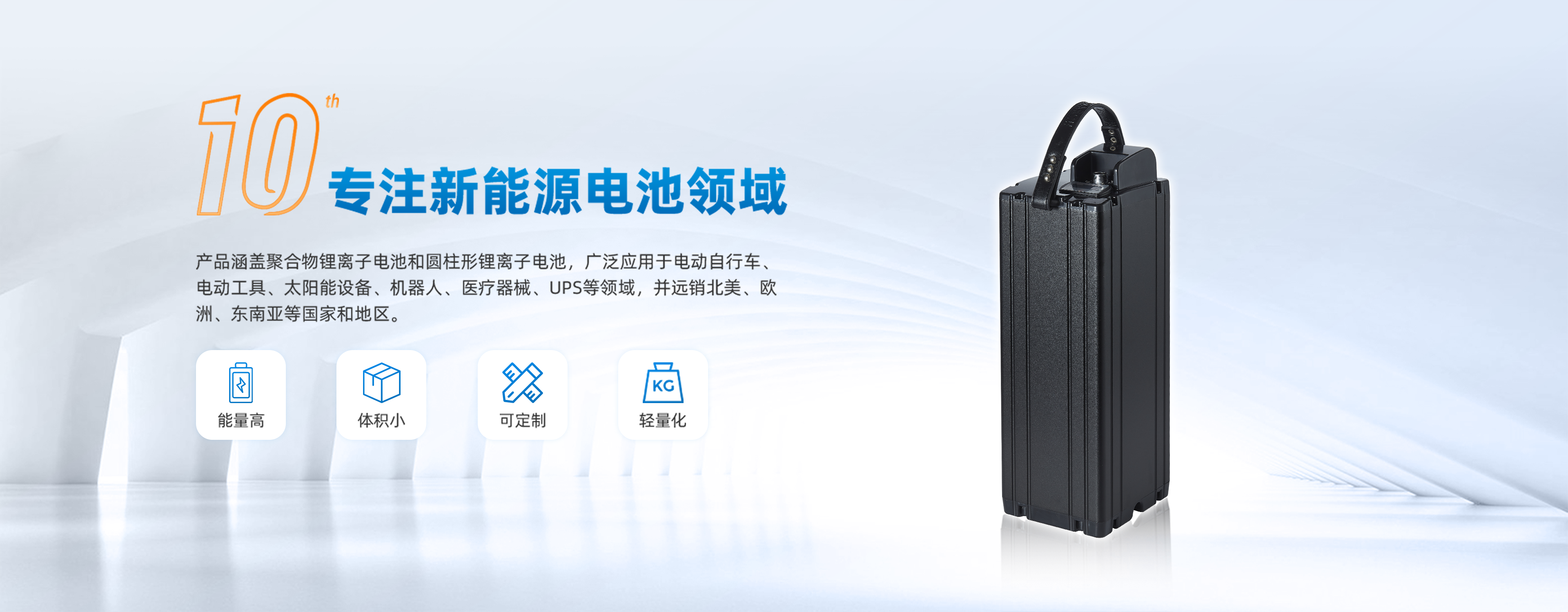
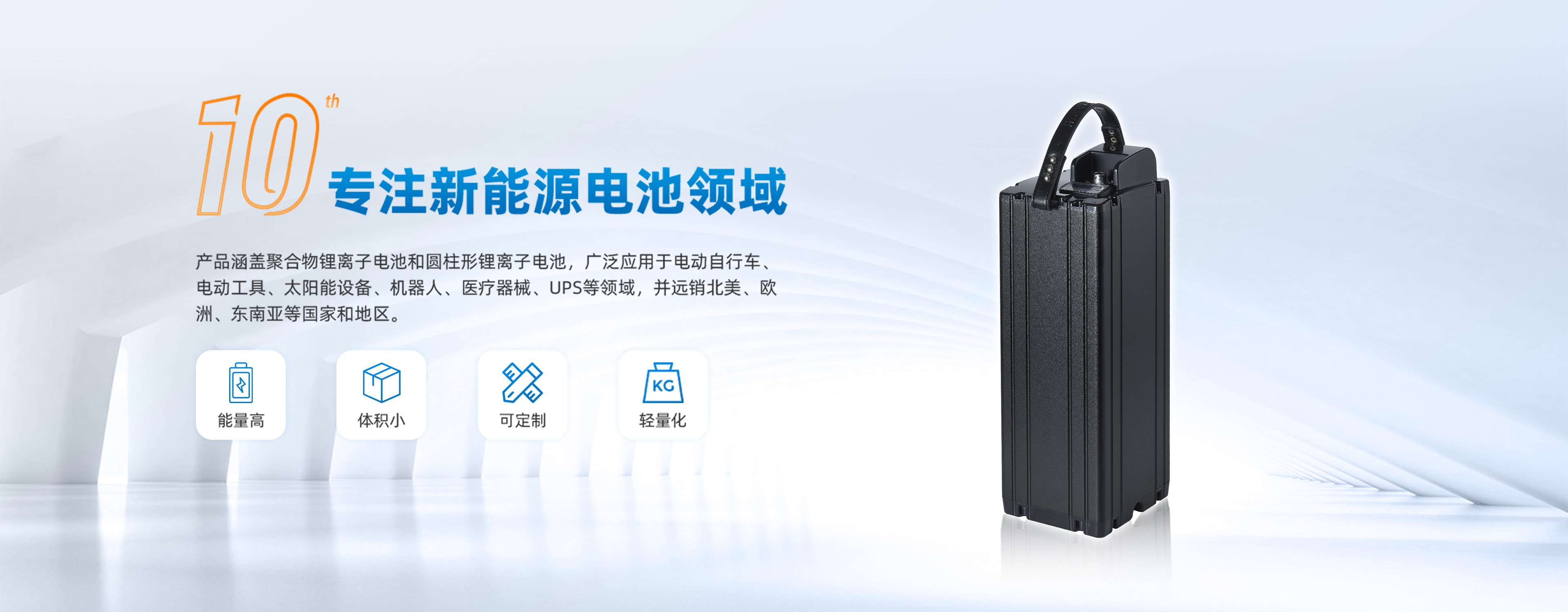
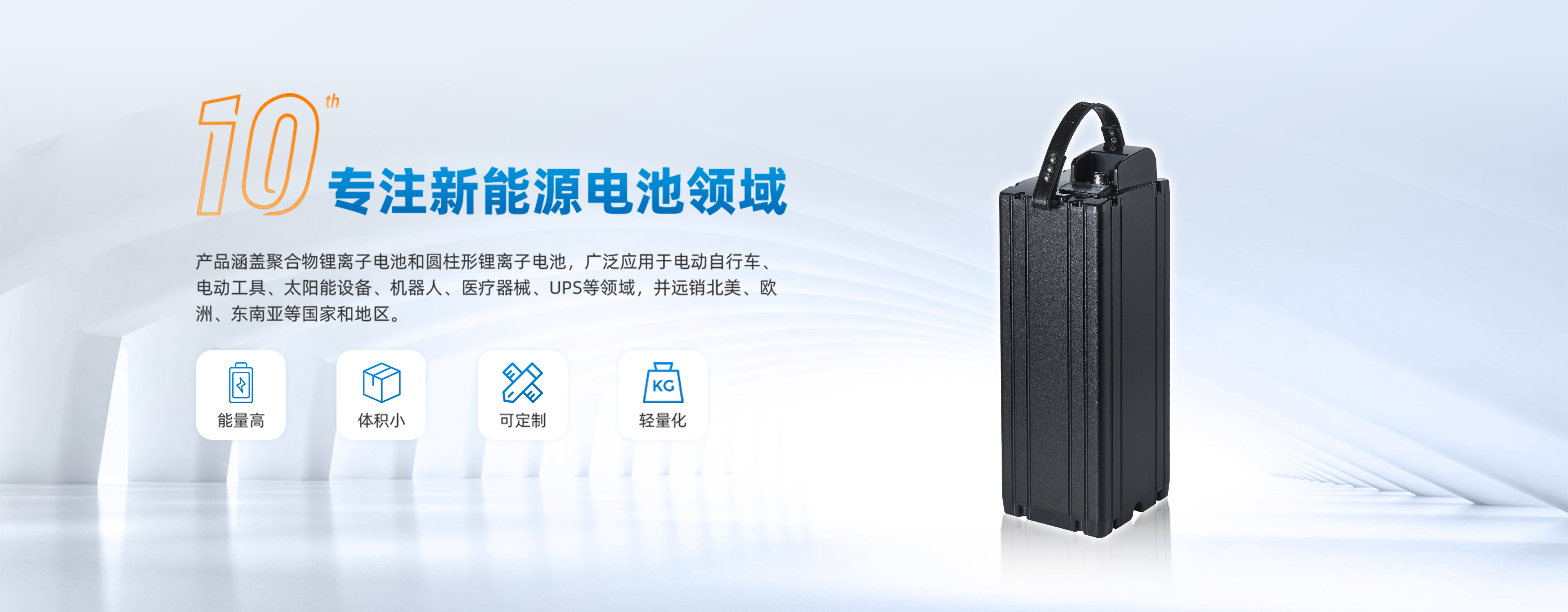



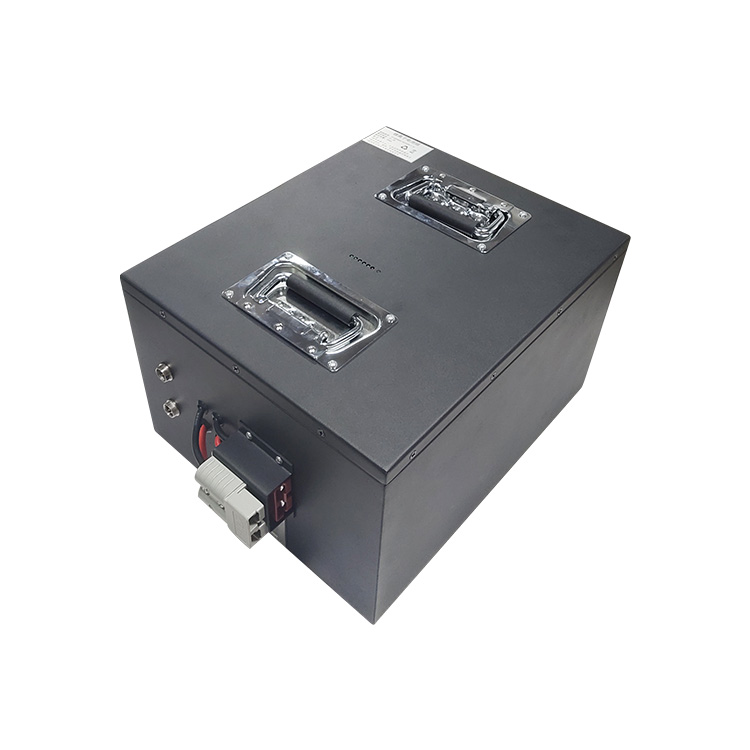


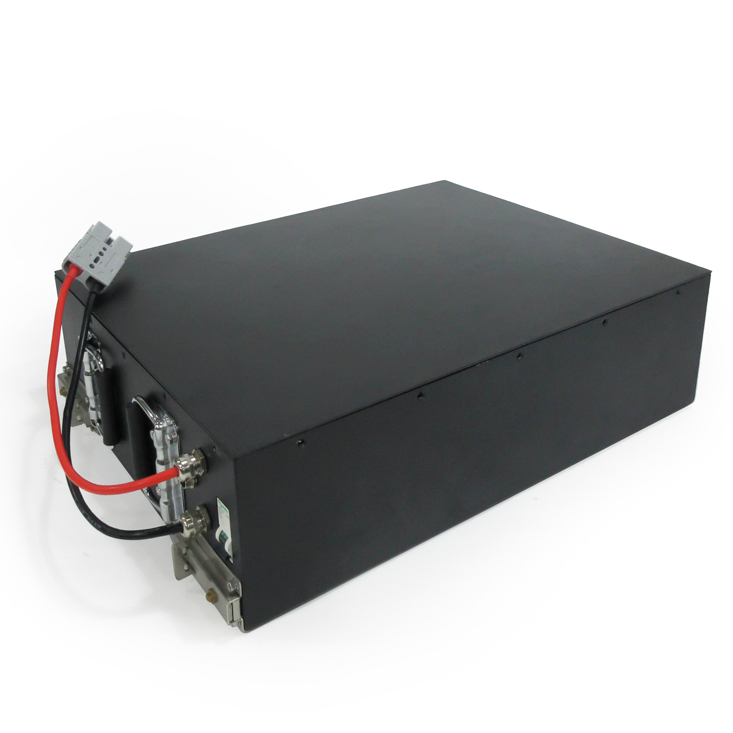

 Yue Gong Wang An Bei No. 4419002007491
Yue Gong Wang An Bei No. 4419002007491